Why become an IBCLC? A Fulfilling and rewarding career
Picture this: You’re a first-time parent, it’s 2 am, and you’ve just spent 18 hours in labor, and now the baby is here, so the hard part must be over now, right? You’ve spent the last nine months dreaming of this day and planning it out. Your sister breastfed so you figured you would try too. Well, it’s 9 am, and you’ve tried to feed baby four times now, each time ending in pain, and you are becoming worried that baby isn’t getting enough breastmilk. You are starting to think you may as well use formula when the IBCLC walks in to check on you and observe a feed. After suggesting small changes like positioning and methods for a deeper latch the IBCLC informs you of various benefits for both you and your baby that you hadn’t heard of before. After this visit, feedings continue to get easier, the baby is gaining, and you confirm your decision to breastfeed not because others around you have, but because you know it’s the best thing that you can provide for your baby[1] .
Breastfeeding isn’t just about infant nutrition, but it’s also about preventative infant and maternal health. The cost of not breastfeeding is between $257 billion and $341 billion USD annually. Worldwide 595,379 child deaths annually are attributed to not breastfeeding, as well as 98,243 maternal deaths from cancers and type 2 diabetes. Breastfeeding can also reduce the number of childhood obesity numbers by 975,000 per year. The benefits of breastmilk are truly astonishing and seemingly never-ending.
With breastmilk being one of the least studied topics, with only 2,000 studies as of 2017, it goes to show that there is a huge gap in the educational and medical communities. For reference, beer had 3,000 studies, juice had 7,000, wine had 11,000, and coffee had 13,000. The world needs to make vast movements in normalizing breastfeeding but to start that, there will need to be education and support. Generally, only 2-3% of women can’t breastfeed, but up to 15% think that they cannot breastfeed when often it’s social, economic, or cultural barriers preventing them from being able to achieve their goals. Over 7 in 10 women don’t meet their breastfeeding goals, and it’s time to change that. The Cost of Not Breastfeeding Calculator can be found here.
The World Health Organization and World Health Assembly aim to increase the exclusive breastfeeding rates to at least 50% at six months by the year 2025. The United States doesn’t even have a 25% exclusive breastfeeding rate for six months. To bridge the gap, there need to be more lactation professionals to offer support and education, not only to parents but also to the health professionals that will be working as a part of their healthcare team.
Currently, there are 33,492 IBCLCs worldwide, and an estimated 140 million babies are born each year. That leaves over 11-12 babies per day per IBCLC in a year. No vacation time, no days off, all 365 days a year. With consults ranging from 1-3 hours, it would be impossible to see everyone and not even on the radar to be able to make follow-up appointments. Taking into consideration that there are many IBCLCs who do not work with parents or babies on a regular basis but rather work as authors, researchers, educators, or other professionals, this leaves a huge gap in access to parents for both educational classes and private consultations. There are many countries with only 1-2 IBCLCs throughout the entire country, and in countries that aren’t as concentrated, while they may have thousands of IBCLCs, the nearest one might be 1-4 hours away and unobtainable for some. There are 91,915 pediatricians in the US alone, yet only 18,541 IBCLCs in the US and only 33,492 globally.
Being an IBCLC allows you to touch so many lives, help innocent babies get the best start in life, and help mothers reach their goals. They serve as advocates and educators and increase the overall health status of hundreds of thousands of people, preventing countless deaths annually.
